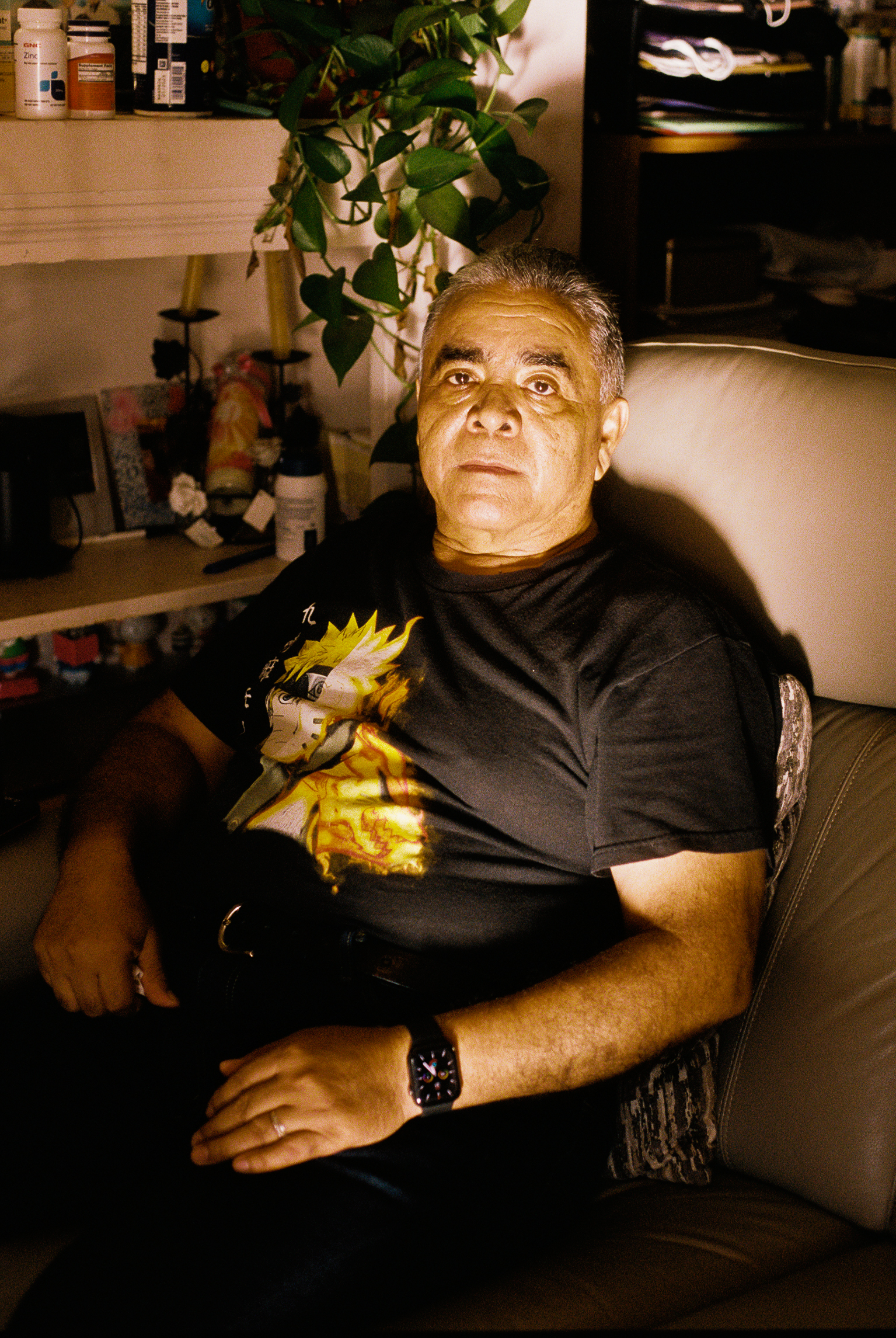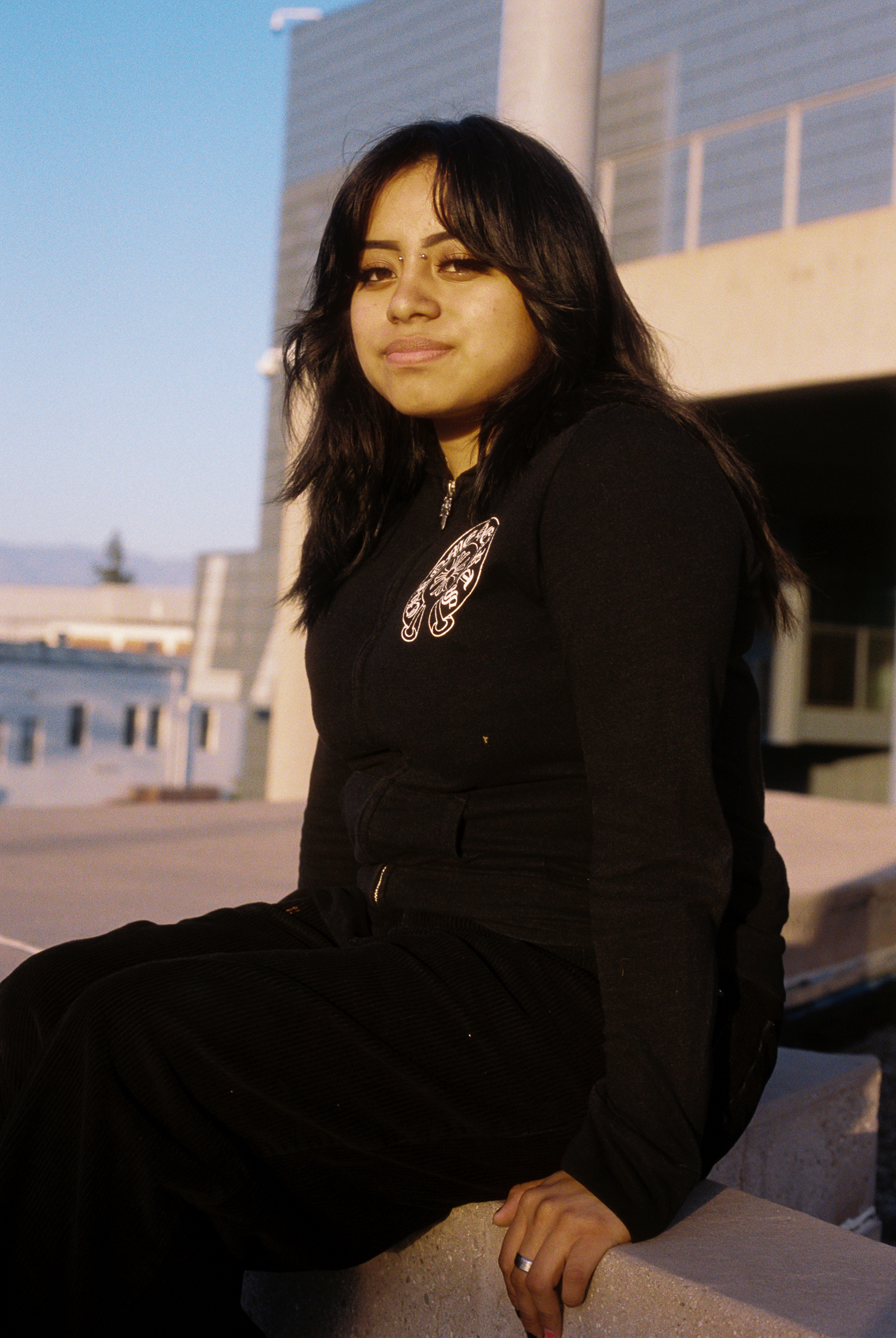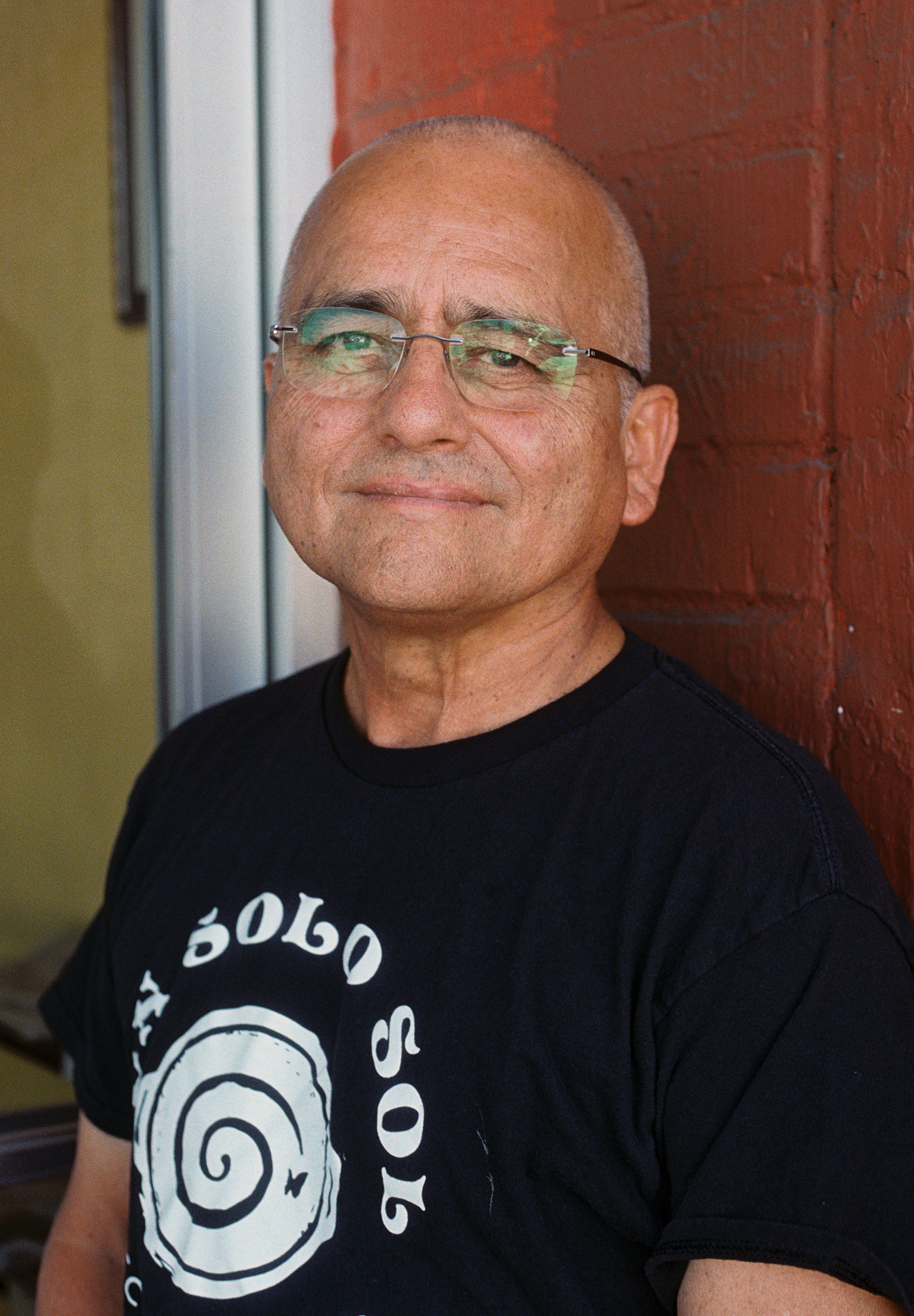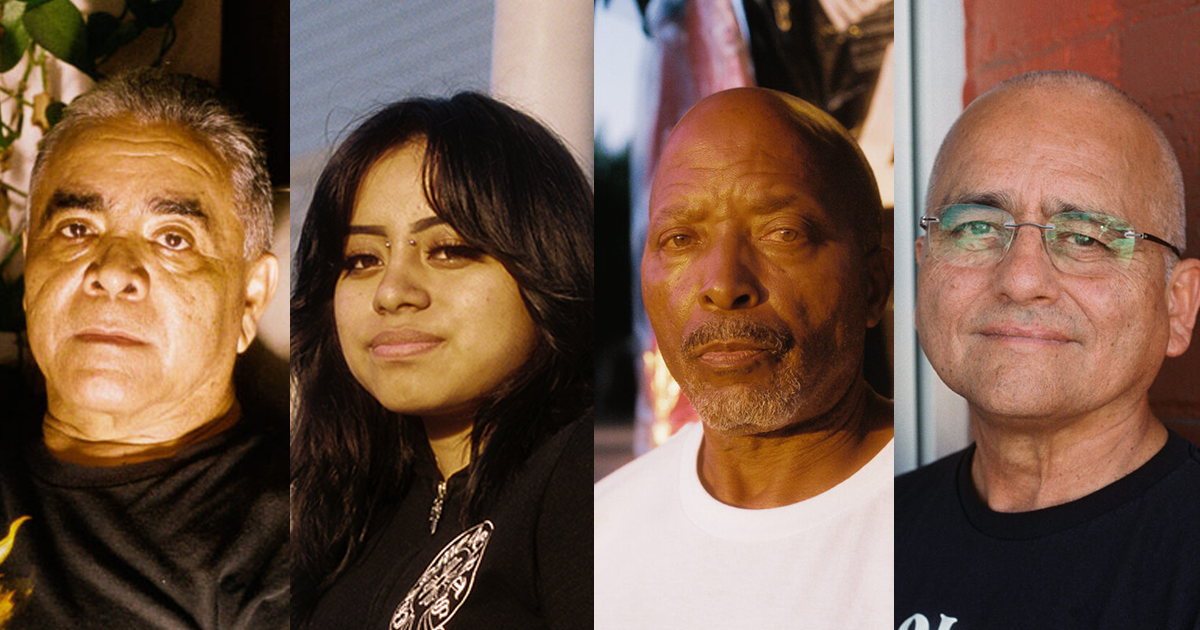Climate change can often feel abstract. We hear the figure ‘1.5˚C’ thrown around like the symbol of doomsday, the final tipping point before we get to the point of no return, but what does it mean? What does it look like?
We have started to understand what it means in recent years. When hurricanes destroy entire communities and kill hundreds of people, we start to see the actual effects of these climate change-driven events on people.
Here in Los Angeles, heatwaves have always been an issue, but in the past few decades, they have increased in frequency and intensity. This summer, the record-breaking heat in Southern California debilitated crops, exacerbated droughts and wildfires, and changed the way people live their daily lives.
Every part of Los Angeles experiences heat differently. Neighborhoods with tree cover and shade are relatively protected, while city centers with skyscrapers are prone to the urban heat island effect.
Four Angelenos share their stories from the intense heat waves this September.
Editor’s note: Maria Eberhart is an undergraduate journalism student and president of the USC photography club. Shreya Agrawal, the Earth Desk’s inaugural editor, is currently earning a dual bachelor’s degree in Geological Sciences and English, and a master’s degree in Journalism. Under the mentorship of photographer Star Montana, the students paired to capture and share the experiences of Angelenos experiencing the effects of climate change. Montana is a Roski graduate and East-LA native who has spent many years collaborating with people in her community to tell personal stories with universal resonance.
Agustin Castañeda

Agustin is a retired truck driver living in South LA. He is on disability benefits because of interstitial lung disease and is especially sensitive to the heat. He spends most of his time at home, which can warm up to 100˚F during the summer.
“Sometimes I can’t breathe when it’s so hot, it’s really a struggle,” he said.
Because air conditioning units make indoor air much drier, Agustin suffers from bouts of cough in heavily air-conditioned places. It’s difficult for him to find relief during warm temperatures apart from turning on the fans in his home.
Agustin laments the effects of L.A.’s multiyear drought on his garden and yard; one of his favorite hobbies is landscaping. “We’ve had a drought for more than six years, it affects everything, my health, my grass,” Castañeda said.
Maria Lorenzo
Maria was born and raised in LA, and is now a student at Los Angeles City College. She lives in an unairconditioned apartment in Koreatown with her family and visits local parks to cool off during heat waves. She says high temperatures affect her mental health and completely transformed her daily routine.
“[The heat wave] was horrible…I didn’t have AC or a fan,” Lorenzo said. “It was hard to focus and sleep.”
The air conditioning unit in her car is broken, so Lorenzo takes the bus on hotter days to get to class. She often stays past class time on LACC’s campus to enjoy the cooler rooms and avoid a stuffy home.

Rodney Howard

Rodney sells sports jerseys and attire outside a Food 4 Less near Exposition Park.
On hot days, he stands under a tree where he hangs jerseys for shade and waits for a cross breeze from the ocean. He said it’s difficult to escape the heat on the job, but he doesn’t plan on stopping selling jerseys anytime soon.
“Until I hit the megamillions, I’ll be here,” he said. “Doesn’t matter the temperature.”
Howard said he has noticed the heat has been affecting his physical health, but he must continue selling his sports merchandise to make a living.
He used to work construction in LA, and recognizes how rapidly the climate has changed in the city. “It’s been unusually hot these past few weeks, I’m not used to it,” Howard said.
Carlos Ortez
Carlos is the proprietor of Un Solo Sol, a vegan restaurant in Boyle Heights that makes “real food with real ingredients”. During the heatwave in September this year, he had to shut down his restaurant for a week and a half.
“Customers weren’t coming in or ordering either,” he said. “During summer time, it is very normal for us to have a 25% to 30% reduction in sales.” He said that while large corporations are able to still pull people in, small businesses experience the full economic impact of climate disasters.”
“We haven’t experienced extreme climate change to the extent that people in Central America experience it,” Carlos said. “Climate change is a fact here in L.A. and in the world. It will continue to increase, no doubt about that. We haven’t had rain in the last decade and a half like we used to.”
Also an environmentalist, he wishes to transform society by “creating worldwide social movements and learning to swim against the current with the dream of a better tomorrow.”

Just like Agustin, Rodney, Maria and Carlos, millions of people are facing the adverse effects of climate change around the world. Annenberg Media Earth, supported by the Center for Climate Communication and Journalism, will continue to tell more climate stories and make climate journalism people-first.
Portraits by Maria Eberhart, text by Shreya Agrawal
